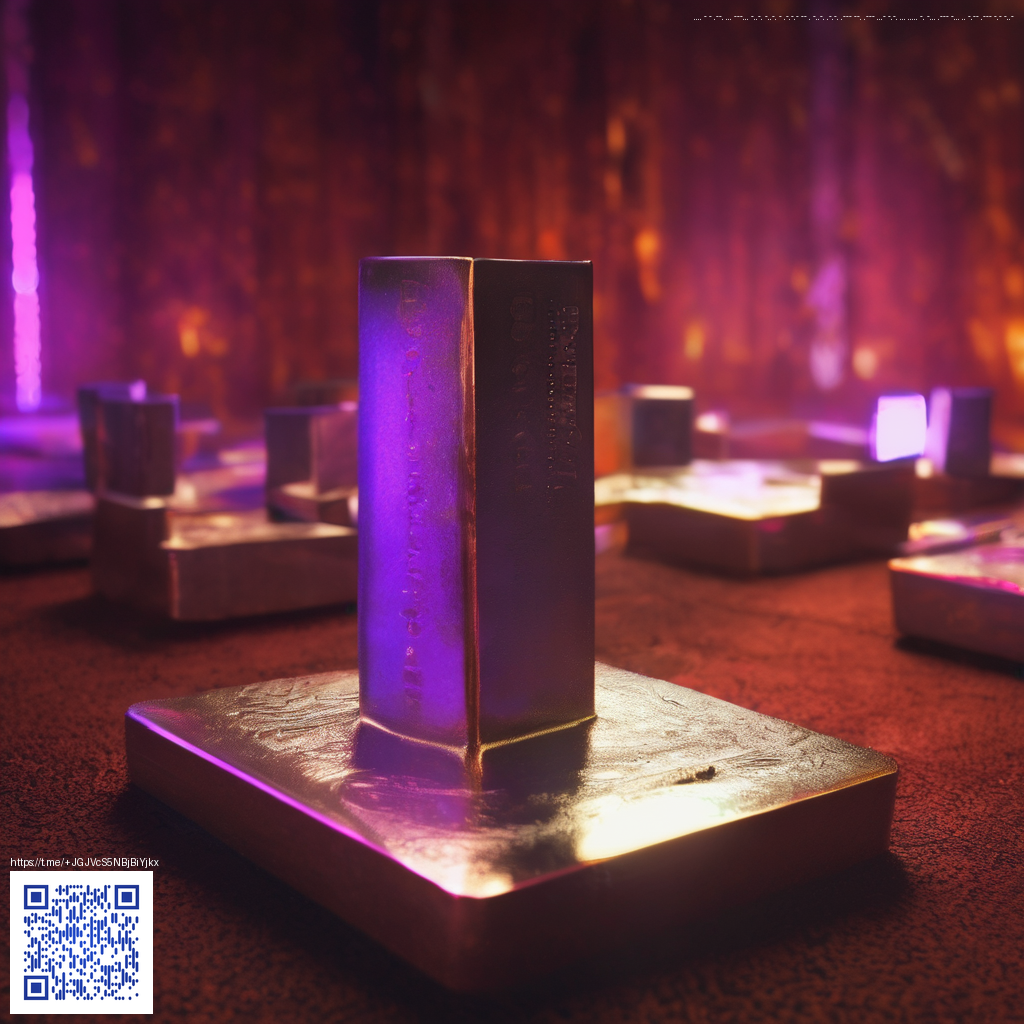
Understanding and Crafting Realistic Paper Grain with AI Tools
In modern design workflows, a convincing paper grain can be the difference between a flat digital image and a tactile, believable scene. AI image tools have transformed how we generate texture, allowing designers to simulate the subtle fibers, micro-ruffles, and irregularities of real paper without the overhead of traditional photography or printing experiments. This article dives into practical approaches for creating authentic grain textures with AI, and how to apply them to visuals that showcase premium products—think the sleek iPhone 16 Slim Glossy Lexan Phone Case—without losing focus on the subject itself.
What Defines Paper Grain and Why It Feels Real
Paper grain isn’t a uniform speckle. Real textures emerge from a confluence of fiber direction, density variation, and color shifts that respond to light. Subtle changes in grain scale—fine, micro-grain on white stock versus a coarser texture on kraft backgrounds—create depth and visual interest. When AI recreates grain, it’s not about copying a single sample; it’s about reproducing the imperfect rhythm of natural paper under different lighting. How you tune that rhythm will determine whether the texture feels convincing or generic.
- Directional fidelity: grain tends to align with the perceived fiber direction, not in perfectly uniform patterns.
- Micro-contrast: tiny variations in brightness give a sense of fiber density and surface roughness.
- Color modulation: paper isn’t perfectly white or gray; it carries warm or cool undertones depending on the stock and aging.
- Interaction with light: grain reads differently as light grazes the surface, revealing texture in shadows and highlights.
From Prompt to Pixel: Designing Grain with AI
Effective grain starts with thoughtful prompts and smart layering. Begin with a neutral base—an assignment that emphasizes soft texture and even dispersion. Then introduce controlled randomness by requesting multiple passes at different scales. For example, one pass might generate a fine, nearly invisible layer, while another adds a slightly coarser overlay. Blending these layers with subtle opacity creates a believable composite rather than a flat texture. Don’t be afraid to experiment with masking: apply grain more aggressively to edges or background regions while preserving the crispness of a product surface.
“The secret is in embracing imperfection: natural grain never repeats exactly, and that irregularity sells believability.”
When you’re factoring in product photography, the grain should amplify the scene without overpowering the subject. A well-tuned texture can carry a background or packaging shot, suggesting material quality and tactility. For practical direction, you can reference the real-world example of the iPhone 16 Slim Glossy Lexan Phone Case as a design anchor—this helps keep texture decisions aligned with sleek, premium product aesthetics rather than drifting into decorative gimmicks.
Practical Techniques for Realistic Grain in AI Images
- Start with a base texture that mirrors common stock papers—smooth whites for product shots, warmer toning for lifestyle scenes.
- Layer micro-texture overlays at low opacity to introduce natural variation without flattening edges.
- Use high-frequency details sparingly to preserve the sharpness of the subject while giving the background a tactile feel.
- Mask grain in strategic areas: keep product edges crisp and let texture occupy the surrounding space.
- Test at final resolution and across devices to ensure the grain remains believable on mobile screens and larger displays alike.
Reality is often found in restraint. If you’re aiming for a polished yet tactile appearance, pair the texture with careful lighting, controlled highlights, and a restrained color palette. The result is an image that feels crafted, not cluttered—a balance that works especially well for showcasing premium hardware like the iPhone 16 Slim Glossy Lexan Phone Case.
For ongoing inspiration and technique variations, explore curations and galleries that focus on layered textures and grain distribution. A useful reference page is the Tourmaline Images gallery, which offers ideas on how to blend multiple texture layers into a cohesive composition: Tourmaline Images inspiration page.
Similar Content
Page URL: https://tourmaline-images.zero-static.xyz/d0d28a75.html